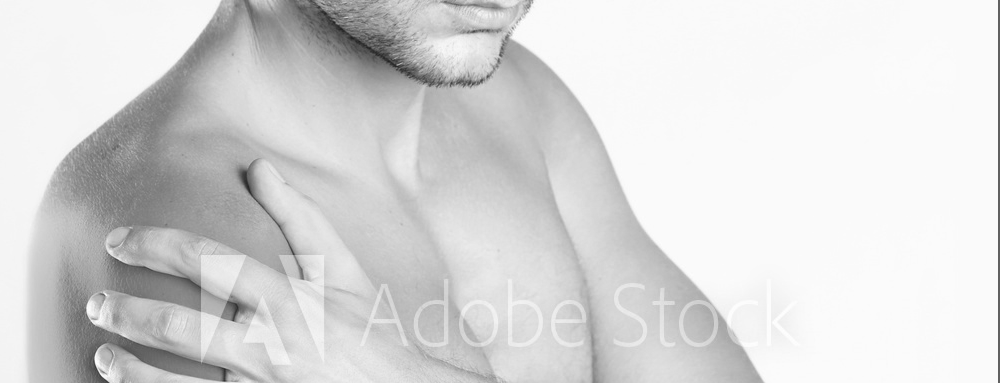
There is no true shoulder joint with the shoulder region being made up of four separate unique joints as well as the surrounding musculature. The shoulder is anchored to the rest of the skeleton through the clavicle at the sternoclavicular joint. The other end of the clavicle joins with the shoulder blade at the acromioclavicular joint. The ball and socket joint of the shoulder is named the glenohumeral joint. The glenoid is the shallow socket on the shoulder blade. This shallow socket is deepened by a ring of cartilage called the glenoid labrum.
Shoulder pain is a very common problem affecting not only athletes but industrial workers. It is common among beefcakes and babas.
To conceptualize this joint, think of a golf ball sitting on a tee. The golf ball represents the head of the humerus and the tee represents the glenoid fossa. Unfortunately, in a human, this golf ball and tee are turned on their side. Additional stabilizing structures are therefore required to keep the ball on the tee. This function is performed primarily by the ligaments that surround the glenohumeral joint as well as the rotator cuff.
The rotator cuff is a group of four muscles and their tendons that form a hood over the top of the humerus. They maintain pressure from the outside in, keeping the head of the humerus in the glenoid fossa. The rotator cuff maintains an axis of rotation around the socket of the glenoid and the major muscles of the shoulder girdle move the arm.
The last so-called joint representing the shoulder girdle is the scapulothoracic interface. This is a junction between the front of your shoulder blade, which is covered by muscle, as well as the back of the thoracic wall.
The shoulder blade is significantly affected by muscular imbalance through the upper part of your back as well as the neck and pectoral region.
The shoulder blade position is influenced greatly by postural factors. Pain from the Rotator Cuff Rotator cuff problems tend to begin in late adolescence and, in this age group, are generally confined to overhead athletics such as baseball pitchers and volleyball players. Because of its anatomic arrangement, the rotator cuff finds itself compressed from overlying bony structures called the acromion and the coracoid. These structures are part of your shoulder blade.
Therefore as we age, the process of rotator cuff thinning and attrition becomes more significant. This is such that about half of men age 60 have small tears in the rotator cuff. This process of rotator cuff degeneration is referred to as tendinopathy.
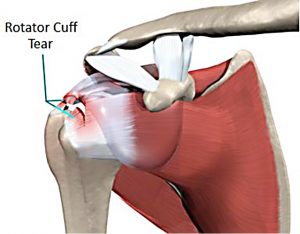
Throughout life, multiple factors can influence rotator cuff tendinopathy. One of the most common is simple muscle imbalance effecting the scapula.
Humans tend to have shorter musculature over the front part of their bodies because of our constant grasping and handling of objects in front of us. This combined with a tendency to slouch when sitting alters our cervicothoracic posture. This tends to have the shoulder blade slide to the outside and tip forward.This levers the humerus out the front of the glenoid socket. As a consequence, the muscles on the back of the shoulder blade, (infraspinatus) are under tension and often develop painful trigger points.
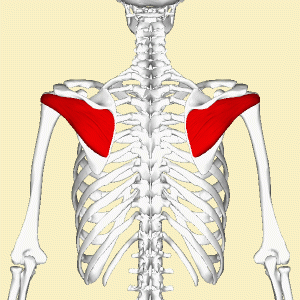
The anterior station of the humerus causes pressure on the bicep tendon which is located at the front of the joint.As this infraspinatus trigger point tends to persist, the infraspinatus has a tendency to shorten, and this will limit the body’s ability to perform the movement called internal rotation. As the anterior musculature of the shoulder girdle continues to stay activated, it tends to inhibit the muscles in the back of the shoulder. This allows progressive lateral movement of the scapula on the thoracic cage.
A simple acronym for scapular position is the Scapular SLAP, which stands for superior, lateral , anterior, and protracted. One of the most important aspects of shoulder rehabilitation is found in dealing with this scapular positioning. This involves the process of activating the muscles in between the shoulder blades, the rhomboids and the lower fibers of the trapezius. This scapular retraction helps to provide a better foundation for shoulder blade support and for the shoulder joint function, and minimizes many of the culprits that contribute to shoulder pain.
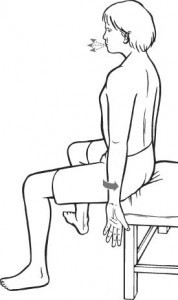
One of the other major contributing factors to rotator cuff tendinopathy is the condition referred to as shoulder joint laxity.
Shoulder joint laxity is commonly encountered in young female athletes and is generally confined to women. Male athletes can develop shoulder joint laxity from repetitive overhead activities. Therefore, pitchers and volleyball players frequently have so-called multidirectional glenohumeral laxity of their dominant arm. This allows the ball of the humeral head to move more in the socket. As a result, this requires more work from the rotator cuff and other shoulder joint stabilizers.
This is again affiliated with a greater tendency to develop rotator cuff fatigue and regional muscular irritability. As a result of multidirectional glenohumeral laxity, individuals are often recommended to perform so-called closed kinetic chain strengthening exercises for their shoulders. This often incorporates an activity where the hand is against an immobile structure such as a pushup against the wall or against the floor.
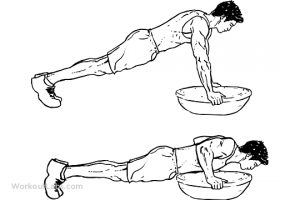
This has the function of activating multiple muscles at one time and also applying compressive force to the joint to minimize the manifestations of shoulder joint laxity. This basic understanding or shoulder physiology will help you select the best exercises for your shoulder. We will deal with this in a future blog post.
